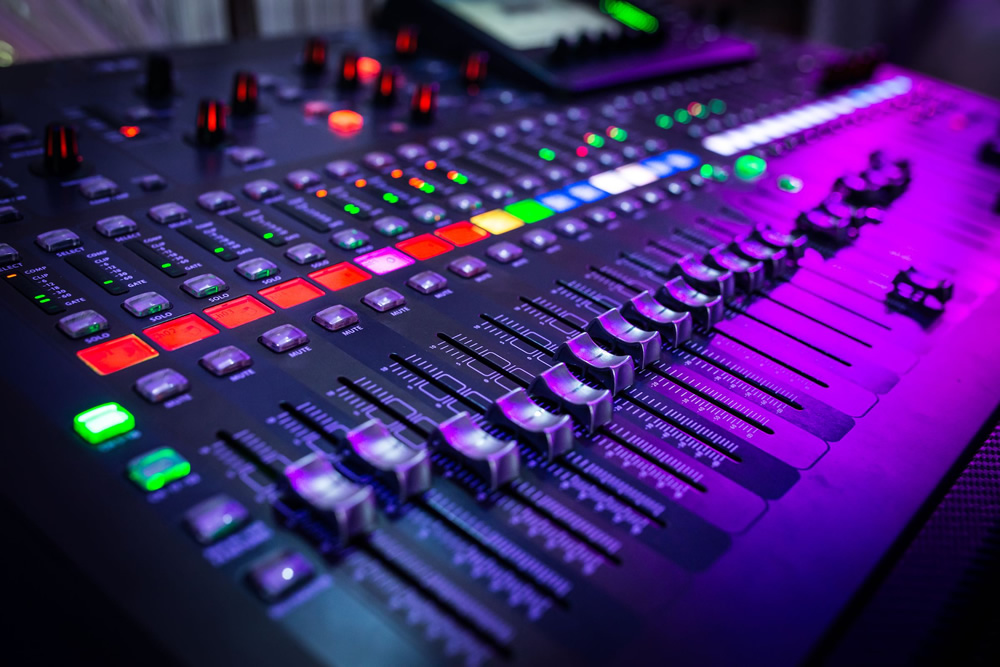We truly live in a wondrous time where you can get technical information and expert tips on almost any subject. Music is no different and thanks to all the information out there, even people with zero experience can learn how to record and promote their own songs. This was a feat that was almost impossible before the internet revolution. Therefore, if you are starting off with little to no experience, we suggest spending a sizeable amount of time reading and watching tutorial videos on YouTube. Among many great music blogs, Blue Buzz Music is a great resource to stay updated on the latest trends that relate to your style of music.

In this post, we are going to reveal the things you need to setup your very own home studio. We are going to talk about the basics, assuming you have little to no knowledge about creating a space fit for recording music. Before heading on, it needs to be mentioned that building a home recording studio requires a bit of investment. However, you can get great deals on these items and cut some corners. Without further ado, here are the 6 essentials things you need to create your own recording studio at home.
Computer
If you have a limited budget, then there is no point in buying a new computer just to mix and work on your recorded songs. Just use your current system. A regular laptop with decent specs works fine and you can scale it up later. Both Mac and Windows systems are great and there are plenty of audio software packages that work with each of those. So if you have a favorite, stick with it.
Digital Audio Workstation
Often referred to as DAW, a Digital Audio Workstation is a fancy name for the software that lets you record and mix your tracks. These software interfaces allow you to experiment by adding sounds of various instruments, changing the tempo, adding effects, and do a host of other things. Consider these as Photoshop for music. There are free to download DAWs, but we recommend getting a hang of using something like a Logic or Pro Tools. A lot of professionals use these DAWs and the knowledge of working on these systems will only benefit you in the long run.
Audio Interface
This is a rectangular device that converts analog signals into digital signals. Most microphones have a connector called XLR and computers do not have ports for these types of connections. Therefore, an audio interface acts like a middleman. They have ports for the XLR connector so you can connect your microphone and then they have a USB connector that plugs into the computer. Long story short, you need an audio interface to get access to your recorded songs using your laptop or desktop. Audio interfaces have in-built volume control and equalizer to modify the recordings on the go. Most affordable audio interfaces are good enough to start with, so don’t break the bank.
Microphone
This one’s pretty obvious, so there is no point dwelling on it for too long. You need a microphone that complements your voice and is within your budget. We suggest, keep on trying different microphones until you find the right one. It’s easy to overspend on a microphone. While there is no denying the merits of an expensive microphone, it’s a luxury when you are just starting off. Read online reviews and get a microphone that’s within your budget.
Headphones and Speakers
You need a couple of headphones and a basic speaker setup to listen to your tracks. Having a few options allows you to find out if your music sounds great on all types of devices. It’s also a great idea to have a pair of cheap earbuds lying around. Mainly because a lot of people rely on cheap headphones that come free with their cellphones to listen to songs. These earbuds are great test devices because you don’t want your tracks to sound good only on expensive audio devices.
Acoustic Foam
You need to create a space that not only prevents unwanted noise from coming in but also traps in the sounds created inside the studio. The most affordable way to achieve that is by buying and installing acoustic foam. These foams have special cones that reflect the sound waves back instead of allowing them to escape. If you are a DIY expert, then you can probably install the foam on your own. However, if in doubt, call in an expert.
You may also like:
- 5 Magical things the photographer inside you will be so proud of
- 5 Questions to ask yourself before pressing that shutter
- 5 Ultimate Reasons Why Photography is Meditation
- Elevating yourself – 5 amazing tips for any photographer
- 5 things to keep in mind if you are planning to quit your job for photography










